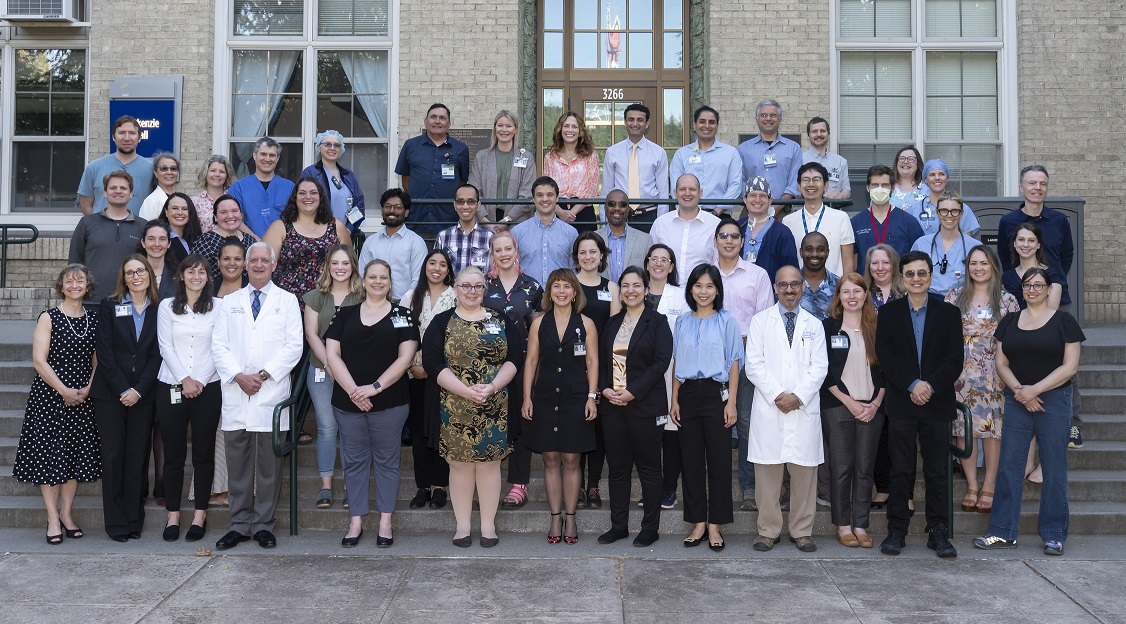Research staff
Connect with us
Welcome
Welcome to the Research Division of the Department of Anesthesiology and Perioperative Medicine (APOM), one of the top academic Anesthesiology departments in the United States. The Research Division supports the department's academic mission of first-rate clinical care, innovative teaching and state-of-the-art basic science and translational and clinical biomedical research. The Research Division is home to several extramurally-funded full-time basic scientists and clinician-scientists.
The primary goal of the APOM Research Division is to advance biomedical knowledge in cross-disciplinary fields by supporting scientists to successfully achieve their objectives. We strive to grow expertise and build resources for clinical and comparative effectiveness research, develop high throughput approaches to analyze clinical samples, support the basic science enterprise to advance neuroscience and cerebrovascular research, and enhance interdepartmental, multi-disciplinary collaborations.
The Department of Anesthesiology at OHSU is also the first Anesthesiology program in the nation approved by the ACGME to offer the Oregon Scholars Program, an innovative 48-month curriculum that allows scholars to complete the core anesthesiology residency while also receiving advanced training in research. Senior faculty members provide guidance to junior faculty and trainees to develop their academic career, including appropriate goal setting, mentorship in research, manuscript writing and grant development.
We invite you to read more about our talented faculty and staff, their cutting edge research, and to become more familiar with research opportunities, resources and the collaborative, nurturing environment in the Department of Anesthesiology and Perioperative Medicine at OHSU. Welcome!
